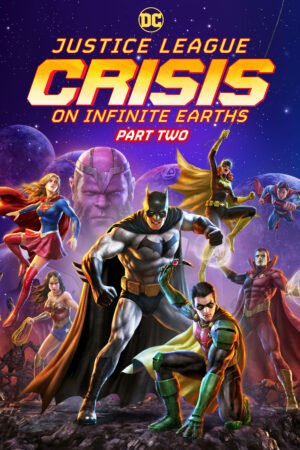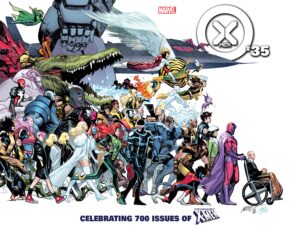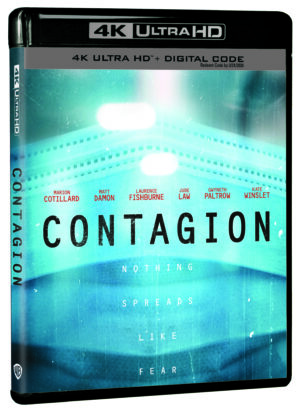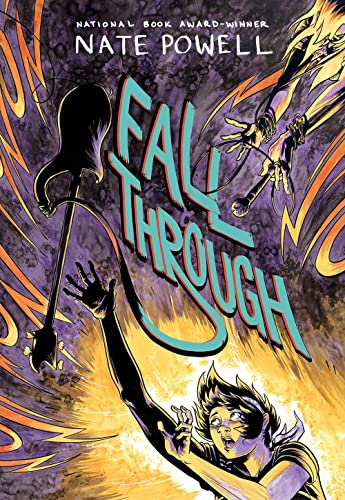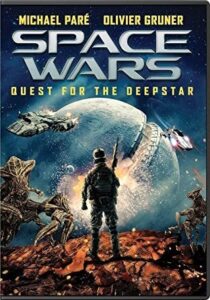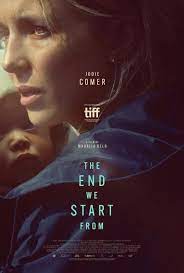Red 2-Film Collection Arrives April 2

PROGRAM DESCRIPTION
Bruce Willis reassembles his old crew when Red 2-Film Collection becomes available on Steelbook® on April 2 by Lionsgate. This double feature comes with deleted and extra scenes, along with audio commentary and a multi-part documentary. Red 2-Film Collection will only be available at Walmart on Steelbook® for the suggested retail price of $39.99.
OFFICIAL SYNOPSIS
RED: Frank (Willis) is a former black-ops CIA agent living a quiet life alone… until the day a hit squad shows up to kill him. With his identity compromised, Frank reassembles his old team — Joe (Freeman), Marvin (Malkovich), and Victoria (Mirren) — and sets out to prove that they still have a few tricks up their sleeves. Stand back and watch the bullets fly in this explosive action-comedy that critics call “A rip-roaring good time” (Kevin Steincross, Fox-TV).
RED 2: Retired black-ops CIA agent Frank Moses (Willis) reunites his unlikely team of elite operatives for a global quest to track down a missing portable nuclear device. To succeed, they’ll need to survive assassins, terrorists, and power-crazed government officials, all eager to get their hands on the superweapon.
CAST
Bruce Willis Die Hard, The Sixth Sense, The Fifth Element
Morgan Freeman The Shawshank Redemption, Seven, Bruce Almighty
John Malkovich Being John Malkovich, Con Air, Of Mice and Men
Helen Mirren Golda, The Queen, TV’s “1923”
Mary-Louise Parker Fried Green Tomatoes, R.I.P.D, TV’s “Weeds”
Brian Cox X2, Troy, TV’s “Succession”
4K UHD STEELBOOK® SPECIAL FEATURES:
RED
- Deleted And Extended Scenes
- Audio Commentary with Retired CIA Field Officer Robert Baer
- Theatrical Trailer
RED 2
- “The Red 2 Experience” Multi-Part Documentary
- Deleted Scenes
- Theatrical Trailer
PROGRAM INFORMATION
RED
Year of Production: 2010
Title Copyright: Red © 2010, Artwork & Supplementary Materials © 2024 Summit Entertainment, LLC. All Rights Reserved.
Type: Catalog Re-Release
Rating: PG-13
Genre: Action, Comedy
Closed-Captioned: N/A
Subtitles: Spanish, English SDH
Run Time: 112 Minutes
4K UHD Format: 2160p Ultra High Definition • 16×9 (2.40:1) Presentation
4K UHD Audio: English Dolby Atmos • Spanish and French 5.1 Dolby Audio • English 2.0 Dolby Audio Optimized for Late-Night Listening
Artist Information: Marko Manev
RED 2
Year of Production: 2013
Title Copyright: Red 2 © 2013, Artwork & Supplementary Materials © 2024 Summit Entertainment, LLC. All Rights Reserved.
Type: Catalog Re-Release
Rating: PG-13
Genre: Action, Comedy
Closed-Captioned: N/A
Subtitles: Spanish, English SDH
Run Time: 116 Minutes
4K UHD Format: 2160p Ultra High Definition • 16×9 (2.40:1) Presentation
4K UHD Audio: English Dolby Atmos • Spanish and French 5.1 Dolby Audio • English 2.0 Dolby Audio Optimized for Late-Night Listening
Artist Information: Marko Manev


